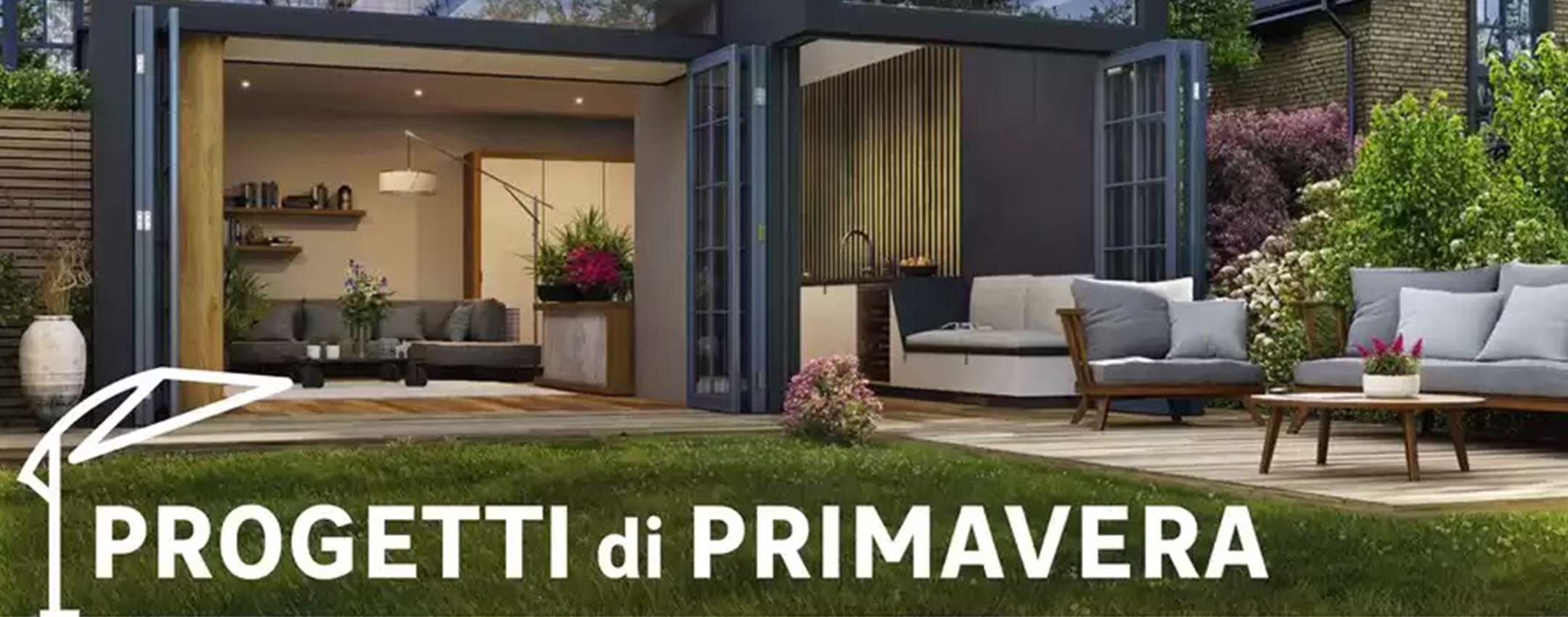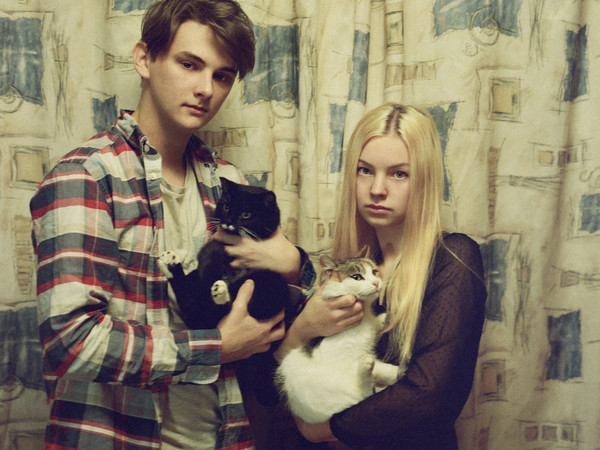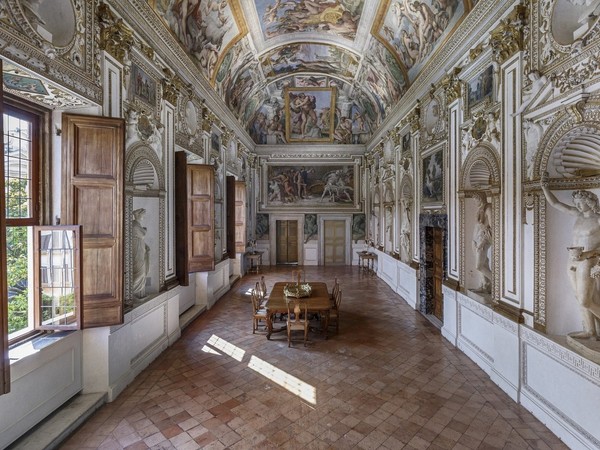Leonardo da Vinci, bust of older man, 1508-10. Royal Collection, Windsor Castle
“During the Renaissance, the artists came up with the idea of preparing the map with a colorful soil or the use of paper that was already tinted to work with virtuosity, both in dark and clear areas. This opened sculptural possibilities and completely new aesthetic experiences for artists and their audience,” the new director of his Mandina Ralph Gleis. Working with the color offered the artists a not indifferent advantage: the colorful background served as an intermediate tone to go to the light and the dark with rich shades, lights and shadows, obtained by using metal tips, goose pens, brushes or chalk.
“In Italy – says the curator Achim Gnann – the Chiaroscuro technique has been used since the beginning of the fourteenth century: the artists mainly used drawings prepared for figure studies and used them to prepare their paintings”. This is the most important difference between the Peninsula and Noord -Europe, where these drawings are immediately understood as autonomous work, and not as preparatory studies: miniature paintings – such as the Green passion By Durer – Personal finished in detail, created to meet the growing demand for characteristic artworks of the fifteenth century and meet the wishes of new but already demanding customers, who do not meet artistic prints, another typical phenomenon of this period.

Albrecht Dürer, hands in Prayer, 1508. Albertina Museum, Vienna
Traveling along the entire Renaissance arch and in the various European regions the exhibition comes into the heart of techniques and inventions and reveals the secrets of every artist. The preparation of paper and parchment with a thin mixture of bone powder, glue or rubber, mixed with water and powder kigs, was already used in Italy at the start of the 1300, while the first indications of their use in the northern regions appear in the northern regions, the maps of different colors, the Passes of Production of the Production – Fondsen van Fondsen van Fondsen -Fondsen, appear The first place on the market. Dürer discovers her in 1506 during her stay in Venice and comes into contact with colleagues Giovanni Bellini and Vittore Carpaccio. From them also learns the use of the preparatory design: from the Pala Heller, completed in 1509, almost 20 detailed studies of heads, hands, curtains survived.
But the rough Venetian blue card is not the ideal support for a drawing virtuoso, such as the German master, who will spend a lot of care throughout his life on the preparation of green or blue funds with a refined surface, on which with extreme delicacy and precision. Without a preliminary study, Dürer sketches the external contours with thin brush strokes and then accentuate the shadow areas with very fine sections of diluted ink and eventually define more minutes with impalpabel brush strokes in dark gray and white.

Leonardo da Vinci, head of the woman almost profile. Musée du Louvre, Paris
The exhibition also follows the evolution of Leonardo’s drawings step by step, from the start in Florence with drawings on a red background, orange, pink, cream, violet, to discover blue in the Milan of Ludovico Il Moro, with which he will conduct a famous study of the willLast Supper. In the foreground the extraordinary images of the human body, but also the techniques experience through the genius of Vinciano, such as red plaster on a red background, or the unusual temperatum design on canvas prepared in gray, used to study and improve the curtains.
Finally, a special space has been reserved for the painter and engraver Ugo da Carpi, the first to produce xylography in Chiaroscuro in Italy at the beginning of the sixteenth century: to admire the prints are from drawings of Tiziano and Raffaello, but his masterpiece is the truth of the woodcut Diogenous van Parmigianino, with whom he collaborated from 1524.

Antonio Pisano mentioned Pisanello, allegory of Lust, Recto. Albertina Museum, Vienna
#Chiaroscuro #color #Renaissance #Leonardo #Durer #meet #Albertina #World





